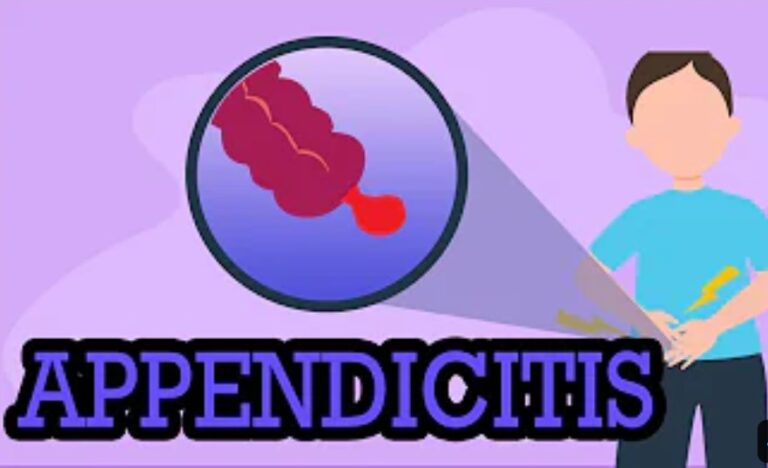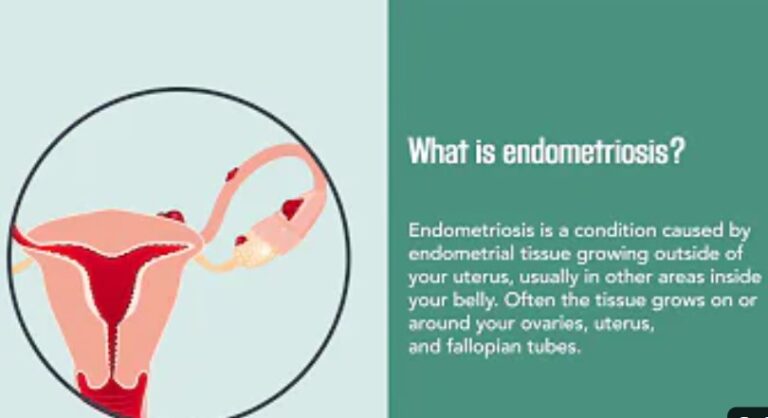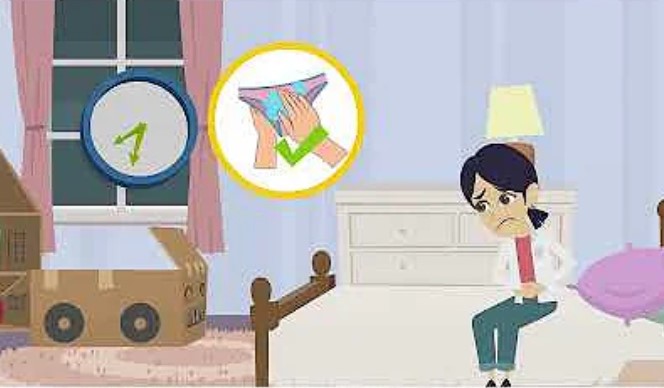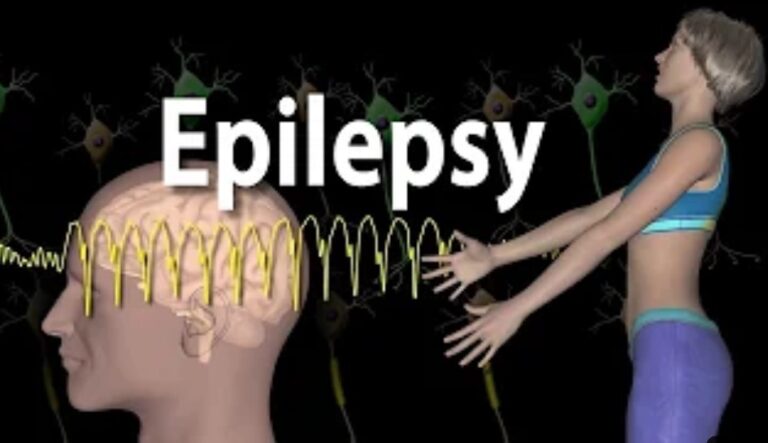Congenital Heart Defects: Causes, Symptoms, Treatment
Some children are born with these problems or defects in their hearts that we call Congenital Heart Defects. These problems occurred when they were still in the womb and they can affect the structure or function of the heart. They are one of the most common types of birth defects.
Some of these heart defects in babies may be simple and usually would not need any treatment. Whereas, others would be very serious and would need special attention and surgeries.
A child with these defects would show symptoms like abnormal sounds in the heart, a blue or dark discolouration of the lips or skin, a struggle for air to breathe, failure to feed or grow normally, etc. Treatment can be by using medicine or surgery depending on the type and severity of the condition.
What are Congenital Heart Defects
Congenital Heart Defects are those abnormalities of the heart that a child is born with. These defects are usually either problems with the structure and/or the heart functions of the heart. They are very common in our environment, especially among women who become first-time mothers in their late 30s and 40s. These defects commonly manifest in childhood but sometimes, they may be seen later in life.

About 8 out of every 1000 babies are born with one form of this congenital heart defect or another.
When do Congenital Heart Defects Occur?
To understand when these problems with the heart occur, you need to first understand how the heart is formed. When a woman is pregnant, a lot of things happen. The summary of this is that the parts and organs of the baby are formed.
The heart and other organs concerned with the distribution of blood around the body are usually formed within the 3rd and the 8th week of pregnancy. That is, they are formed from around the time when the woman misses her first period till when she is 2 months pregnant.
Now, the danger here is that around these periods (3rd week), most women do not even know that they are pregnant yet. Most women generally discover that they are pregnant after the second missed period, at the time when the pregnancy is already 6 weeks old and hence, they do not take the necessary precautions to prevent harm and damage to their unborn babies.
Most of these congenital heart defects commonly occur within this period from the 3rd week of pregnancy to the 2nd month of pregnancy, when a number of these things that can cause damage to the newly developing heart are not avoided or treated. So, what are these things that can cause Heart defects?
Causes of Congenital Heart Defects
The causes of these problems with the heart that can affect a child in the womb include:
Maternal infections: An example of these infections is Rubella (known as German measles). Mothers who have this infection have a risk of having a child with these heart defects. They can even have a miscarriage. Read more about miscarriage here.
Medications: Some drugs taken by the mother such as thalidomide, some drugs for Pimple (acne), lithium, etc, can cause these defects. These also include all the herbal medication that you take, all the agbo, alomo bitters, etc. This is even more worrisome because most mothers do not even know they are pregnant by the time these problems occur.
Alcohol: maternal alcohol misuse can also cause heart defects. see other problems that alcohol can cause here.
Smoking: Mothers who smoke when they are pregnant have a risk of having a child with these defects. See other problems that smoking causes in pregnancy here.
Other causes include inheritable diseases such as Down syndrome, Marfan syndrome, DiGeorge’s syndrome, etc.
Risk Factors for Congenital Heart Defects
These are factors that can increase your chances of giving birth to a child with Congenital defects.
Genetic risk factor: This means Hereditary: These congenital heart defects can sometimes be passed in the blood. That is, it runs in families, hence, if you have any family member that has any of these defects, your child may also have one too.
Maternal exposure to solvents and hair dyes, auto repair works, cold temperature.
Alcohol and Drug exposure like diazepam, corticosteroid, phenothiazines, and paternal exposure to cocaine. These also include all the herbal medication that you take, all the Goko cleanser, chukatrin cleanser, etc. Avoid them all if you are pregnant.
Maternal diabetes can increase the risk of having defects like TOF.
Signs and symptoms of Congenital Heart Defects
Generally, the signs and symptoms of these problems with the heart depend on the type of heart defect that the child has, but the common symptoms of heart defects are:
Rapid breathing: You will notice that the child is always breathing fast. You would see the chest moving up and down very fast.
Swelling in the legs, abdomen, or areas around the eyes: Some may have swelling in these areas as the condition worsens.
Shortness of breath during feedings: The baby would always suck the breast, stop and be struggling for air to breathe and continue again. Older children will be easily tired or fainting during exercise or activity.
Poor weight gain: Due to the baby’s feeding being affected, the child would have poor weight gain.
Bluish or Dark discolouration: You might notice that the lips and the areas inside of the mouth may be getting darker in colour.
clubbing: You may also notice that the fingers and toes of the child may be swelling up. (what we call digital clubbing).
Types of Congenital Heart Defects
To understand congenital heart defects, let us first take a simple analogy. Know that the Heart and the Lungs work together to clean the blood in the body.
- The heart of a human being has two big water tanks (known as chambers).
- One of the big tanks receives good blood from the lungs (that is blood that has oxygen) and sends this good blood to the rest of your body.
- The other big tank collects bad blood (that is blood that does not have oxygen) and sends it to the lungs to be cleaned (that is using oxygen).
- The Lung is the organ that does the cleaning of blood (that is, it puts oxygen inside the blood).
- Each of these big tanks of the heart is divided into 2 parts (upper and lower parts) and they all have their pipes.
- The upper part called the ATRIUM collects the blood.
- The lower part called the VENTRICLE pumps the blood out.
If you have understood this, now let us proceed. There are different types of problems with the heart that a child may be born with. We are going to mention some of them here, and briefly explain what they are, but you can read more about them on a different page. The types of congenital heart defects include:
Ventricular Septal Defect (VSD)
This is the most common type of congenital heart defect in newborn babies. What happens in this condition is that there is a problem in the wall that separates the lower part of the two chambers (Ventricles) in the heart. The wall has a hole, and because of this hole, the bad blood that is supposed to go to the lungs to be cleaned, will now enter the other tank where good blood is inside, and then, this bad blood would now be sent to the other parts of the body instead of the good blood. This is what causes all the problems in this condition. The severity of the problem would depend on the size of the hole.
Patent Ductus Arteriosus (PDA)
This is similar to the Ventricular Septal Defect (VSD), except that in this case, the problem is not with the heart itself, instead, it is with the pipes from where the blood goes out from the heart. Here, the bad blood joins the good blood in the pipe and is now sent to other organs of the body, thereby causing problems.
Atrial Septal Defect (ASD)
This condition is also similar to that of the Ventricular Septal Defect (VSD). The difference here is that the problem is in the lower part of the two chambers (the Atrium). The wall has a hole, and because of this hole, the bad blood that is supposed to go to the lungs to be cleaned, will now enter the other tank where good blood is inside, and then, this bad blood would now be sent to the other parts of the body instead of the good blood. The severity of the problem also depends on the size of the hole.
Pulmonary Stenosis (PS)
What happens in this condition is that the pipe from where the bad blood is supposed to go out of the heart and enter the lungs for cleaning is narrowed or blocked. This pipe is known as the pulmonary Trunk.
Aortic Stenosis (AS)
What happens in this condition is that the pipe from where the good blood is supposed to leave the heart and go to the other organs of the body is narrowed or blocked. This pipe is known as the Aorta.
Other types of Congenital heart defects that we would not explain here are: Tetralogy of Fallot, Transposition of Great Vessels, Coarctation of the Aorta, Pulmonary Atresia, Tricuspid Atresia, Single Ventricle, and atrioventricular Canal Defect.
Treatment for Congenital Heart Defects
Any child born with these problems of the heart would most likely be detected or diagnosed at the hospital where they were born because they would be checked by the doctor for possible congenital defects before they are allowed to leave the hospital. However in cases where these were not detected or the child was not born at the hospital, if you notice any of the above symptoms of congenital heart defects, please go to the hospital and see a doctor immediately (particularly a pediatric cardiologist and pediatric surgeon) so that something would be done as soon as possible to save the child’s life.
Where can I Find pediatric cardiologists?
You can find these specialist doctors at most teaching Hospitals and FMCs in the country. They will assess your child and tell you the available treatment options for your child. This treatment option depends on the type of congenital heart defect that your child has. Generally, they include:
- Medical treatment: The use of drugs
- Surgical treatment: The closure of the defects by surgery. It is the definitive(main) treatment
- Use of Heart devices (where available)
Your doctor would guide you appropriately on the best option for your child.
Complications of Congenital Heart defects
These are the potential problems that can happen in a baby due to these defects. They include:
- Congestive heart failure: This happens when the defect is left untreated and can lead to death.
- Slower growth and development.
- Heart rhythm problems
- Stroke: This can happen as a result of blood clots passing through the hole in the heart and onto the brain.
Prevention of Congenital Heart Defects
Since most of these defects occur very early in pregnancy (within the 3rd and the 8th week), it is not usually easy to prevent them. However, women generally are to take a pregnancy test as soon as possible after their first missed period to know if they are pregnant or not and take the necessary precautions to avoid damaging their unborn baby’s heart or other organs.
- Vaccination: against rubella infection before you try to conceive.
- Control chronic medical conditions: like diabetes, by controlling your blood sugar. If you have epilepsy, see your doctor due to the nature of your drugs which may also cause these defects.
- Avoid harmful substances: like all herbal medications, alcohol, smoking, materials like paints, or strong cleaning/bleaching agents.
- Regular Antenatal: Always attend your antenatal visits and don’t fail to take the drugs and medications given at your visit. These drugs, for example, folic acid, help to reduce the chances of your baby having birth defects. Also, communicate with your doctor during the visits if you have any worries. See the benefits of antenatal care here.
Also, women seeking a child can commence Preconception care early on.
Don’t forget to share this information using the buttons below, and feel free to ask any questions you may have.






